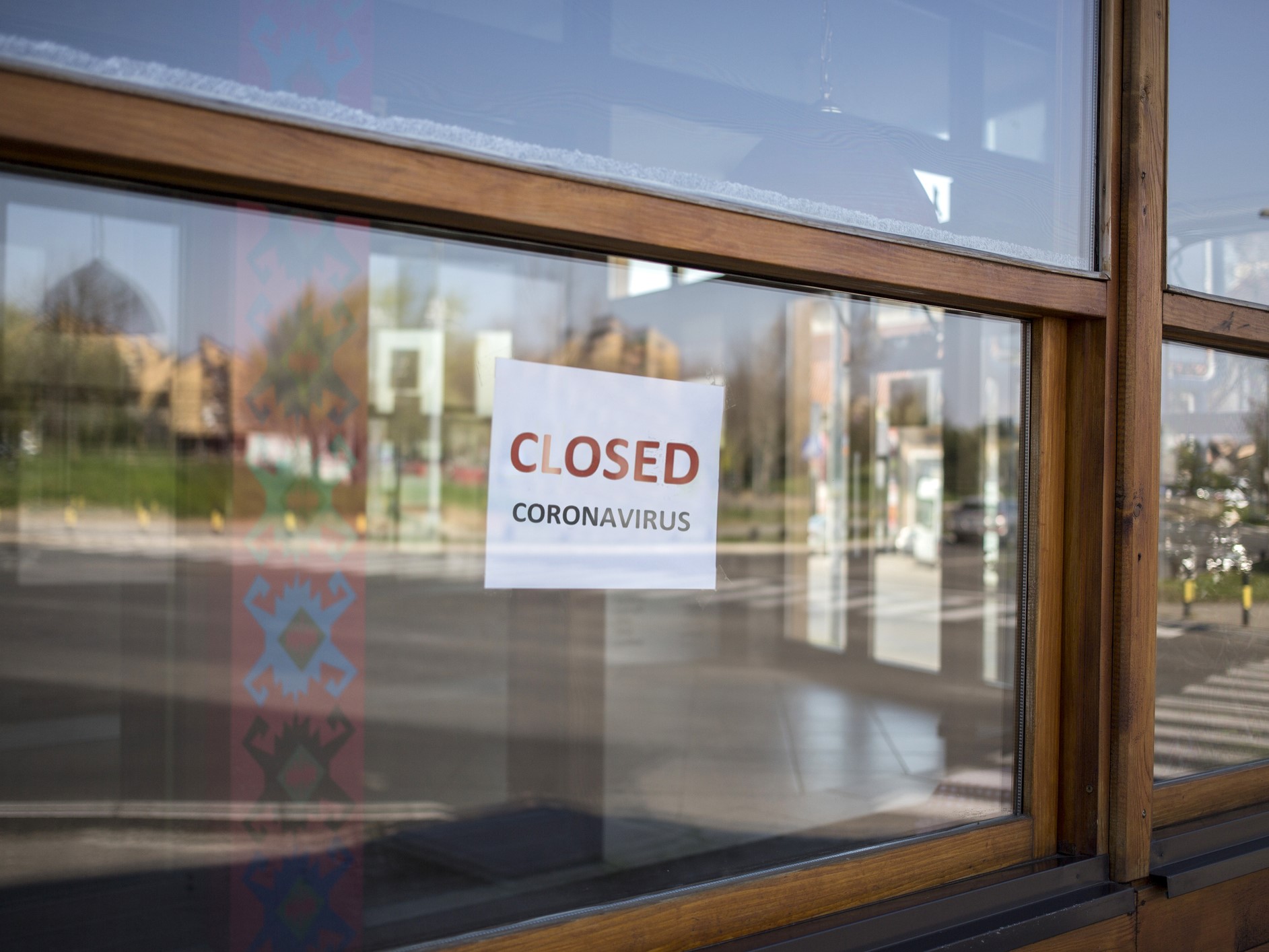3 Ways the Brave New World of Clinical Trials Demands More of Insurers
Evolving clinical trials are presenting new risks for many life sciences firms. Fortunately, independent insurance agents can help their life sciences clients identify these risks and build effective mitigation strategies to minimize risk of loss.
Changes in Clinical Trials
Clinical trials may be conducted in such cases as the development of a new medical product, drug or device, or on a new procedures or changes to participants’ behavior, such as diet. A trial could also compare a new medical approach to a standard one or a placebo.
Clinical trials are required before a new drug or device can be brought to market or an existing drug or device is approved for an alternate use. For class III medical devices, which are life supporting and/or life sustaining devices, clinical trials are always required.
Over time, clinical trial models have evolved, incorporating new technologies and strategies. In recent years, we’ve seen these models evolve based on three key reasons, all of which can impact insurance programs for life science firms.
1) New Trial Models
In a post-pandemic world, new models are being utilized, a shift away from the traditional, in-person settings. For example, trials can be decentralized where data is virtually collected from participants in their homes. This approach leverages digital technologies and home delivery of drugs and medical devices.
Similarly, hybrid trials have become more prevalent. In this model, participants may visit a centralized site for some activities, such as screenings or enrollment, but the rest of the trial is completed from their homes.
Often used for less complex trials that require select in-person appointments, such as injections, the hybrid trials model relies on telemedicine as well as mobile or local health care providers, and interacts with trial sites using connected medical devices.
Trials can span the range from fully decentralized to hybrid to standard, in-person models and everything in between. While most clinical trials are not likely to be entirely virtual, many models are using one or more decentralization elements based on suitability aligned to their products, patient populations and treatments.
These models allow greater accessibility to a wider participant demographic, which can improve the efficacy of the trial. They also typically yield increased recruitment, retention and engagement of participants, while reducing costs.
However, they do come with some added risk, such as the risk of physical harm to the participants if, for example, there is a misunderstanding around the study purpose or how to use and maintain the connected medical device/wearable. For this reason, strong product liability coverage is critical.
At the same time, there is a risk of regulatory fines and penalties for violations of privacy regulations and telemedicine laws, along with the risk of a cybersecurity breach, which is where cyber liability coverage can also play an important role in protecting life sciences organizations.
2) Artificial Intelligence and Wearables Risk of Physical Harm
The use of AI may prove to be a game changer for medical device and pharmaceutical firms engaged in clinical trials. AI can help with things like identifying qualified participants by searching electronic health data and matching on key variables, leading to a decrease in cost and time with greater recruiting accuracy.
AI can also be used to capture data from body sensors and wearable devices, such as heart and respiratory rate, blood pressure, blood oxygen, and more, in real time, which reduces the need for participants to travel to physical sites to have these vitals taken.
However, AI can present some challenges. There is less transparency in how participants are selected, which can lead to biased outcomes. AI and wearables also can increase the risk of litigation stemming from data security failures and product liability.
At the same time, participants may not accurately use the wearable technology, which can have a significant impact on the study’s data collection and outcome, leading to product liabilities issues. This makes it all the more important to carefully assess the risks of AI.
3) Regulatory Changes
In December 2022, the FDA Modernization Act 2.0 was signed into law. This law eliminated mandated animal testing for new drugs approved by the FDA ― a law that had been in effect since 1938. With this, it is now critical for companies to have clear and effective testing methods in place if they now choose to forgo animal testing.
Life sciences organizations opting for newer testing methods in lieu of animal testing, such as computer modeling or stem cells, should be aware of the increased risks they may face since these are newer testing options whose efficacy has yet to be proven.
It is increasingly important to understand how these new methods will conduct their testing, the effectiveness of their chosen testing method, and the added risk that may come with a different testing method. Selecting an ineffective or untested method not only puts the company at risk, but can cause serious harm to those using the device or drug.
The Value of an Independent Agent
As agents know, the life sciences industry is constantly evolving. Partnering with a carrier that has deep expertise and dedicated underwriters is key to help ensure that clients who conduct clinical trials are receiving the proper protection.
In addition, it is important to have experienced in-house claims attorneys to help manage clinical trial claims. Whether you’re a seasoned expert or newly looking to capitalize on the growing life sciences market, here are three helpful things to consider:
- Does your client’s insurance program automatically provide broad coverage for clinical trials? Look for a program that includes specific coverage for clinical trials that automatically expands internationally for those conducted overseas, along with the option to have local policies that meet the compulsory requirements dictated by the local jurisdiction.
- Does your client have a seamless cyber solution? Look for a carrier partner that can provide first and third party cyber protection designed for life sciences organizations. This is especially important as these organizations often handle protected health information.
- Are there any carrier-provided risk management resources available? Some carriers offer dedicated risk management consultants who can work directly with life sciences organizations to help ensure they have the right risk management protocols and best practices in place, especially as risks continue to change. This is especially important for cyber risks given the reliance on remote data collection. A carrier partner that offers a robust set of cybersecurity services can prove to be a value add for life sciences organizations.
New trial models, AI and wearable technology, and regulatory changes have altered the way life sciences organizations conduct clinical trials. The good news is independent agents who specialize in this area can serve as valued risk advisers to these clients, offering important advice to help protect these organizations from an evolving risk environment. &










